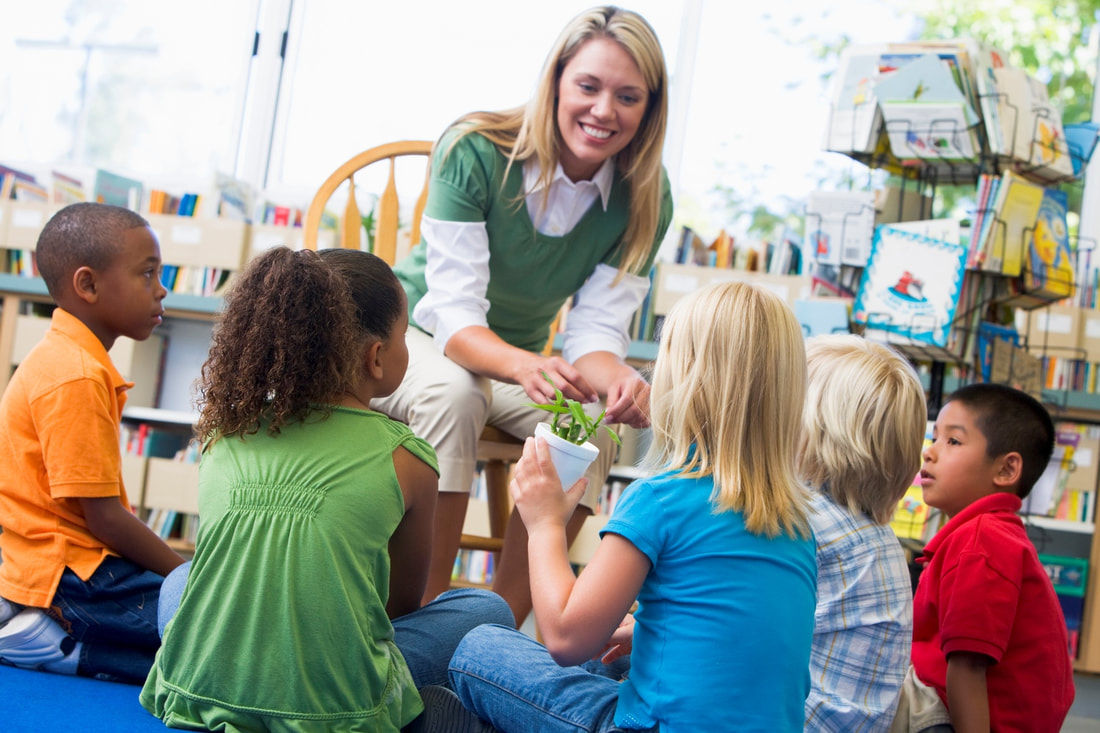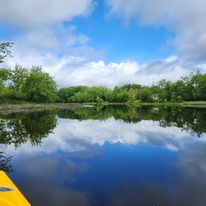Building a library of teacher resources is a great way to simplify the implementation of Universal Design for Learning on a school-wide basis. In my school, we have created an electronic library, and a book library.
Although both took time to set up initially, it was time well spent as it has made it easier to plan lessons and units that target varying reading levels for a given subject area. For example, if I am planning a grade three science unit on plants, I can use both the electronic and book libraries to find books, worksheets, and other resources that are at a third grade reading level, or at a first or second grade level for struggling readers, or at higher grade levels for students who may need more of a challenge.
As I have already mentioned, finding resources that target diverse reading levels takes time. Setting up a bank of resources in a central location in a school that can be easily accessed by all teachers, and organizing materials by grade and unit also takes a lot of time and effort. But once it has been set up, adding new resources to it (as you find them) is really easy. And the best part? Next time you are planning a lesson or unit, having a well-organized and accessible library is such a time saver, and it empowers teachers to offer materials that are readable by most, if not all students!
Here is how I created each type of library:
Electronic library
I began by choosing a unit (e.g. rocks and minerals for grade four science). Then I scoured the internet for worksheets, activities, and digital texts about that unit. Reading a-z, Science a-z, and Superteacherworksheets.com are a few paid/member sites that our school has access to, and they have a lot of quality materials for a variety of grade levels. Teachers Pay Teachers also has quality free materials, and some you can purchase. There are also some free websites that provide useful materials. I saved all of the materials I found in an electronic library, which has a folder for each grade, each of which has subfolders for each unit in that grade.
Book library (for students and teachers)
We used part of the funding from our action research grant to purchase books for each unit (e.g. grade five social studies, ancient civilizations). We were able to find leveled books in a variety of reading levels for each unit. So in a grade five classroom, if students are learning about Egypt, they have access to books ranging from levels C-Z. This way emergent readers, advanced readers, and those in between are able to read books about ancient Egypt. These books are kept in a large UDL resource bucket in our teacher resource room. They are sorted by grade/unit, and each unit is in a large, labeled resealable plastic bag.
In addition to books for students, teachers can also find and borrow books about UDL for professsional reading.


